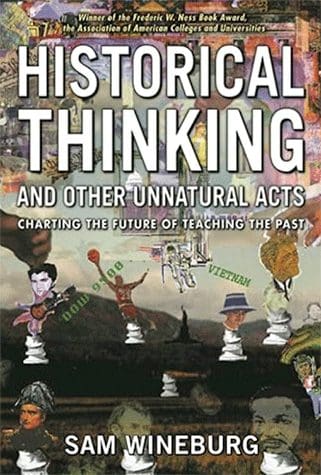
Fiction provides opportunities for children to explore what life might have been like for people living during the war and, as Megan Brownrigg from Strauss House Productions suggests, may help children understand the effects of war. She draws attention to the work of author Hilary Robinson and illustrator Martin Impey in their award-winning series of picture books which focus on different experiences of living through the war, such as signing up, spending Christmas in a trench, sharing the front line with four-legged friends, and even dealing with life back home.
Where the Poppies Now Grow tells the tale of best friends Ben and Ray signing up to the war effort….
https://www.youtube.com/watch?v=ZPtkO5JbTG0
The Christmas Truce gives us a sense of the day when enemy lines blurred into a friendly football pitch…
https://www.youtube.com/watch?v=T6pWQlARocw&t=13s
Flo of the Somme shows us what it was like for soldiers to have the support of the animal kingdom…
https://www.youtube.com/watch?v=afiUldn5MHU
and A Song for Will
An enchanting true tale of the Lost Gardens of Heligan in Cornwall where 13 labourers from these beautiful grounds went to war, but only 4 returned. The gardens became a secret jungle, only to be discovered in the 1990s; you can visit them today. In A Song for Will, we meet pals Alfie and Fred, who exchange letters between Cornwall and the Front…
https://www.youtube.com/watch?v=MBM_Wfhrz6w*
Historical fiction provides many interesting opportunities to develop historical enquiries, as Penelope harnett suggests:
- Why did Hilary and Martin select particular events for their stories?
- How did they find out the information for their stories? What sources of information did they use?
- Is this an accurate representation of what happened? Why? Why not?
- What questions do the stories still raise in your mind? What else would you like to know?
- How did the illustrator know what to draw in the illustrations?
- Do you think that the characters would be pleased that they were remembered in the stories?
Hilary Robinson explains that, ‘Remembrance is all about people and the sacrifices they made; we hope our stories offer a stepping stone between these older souls and the young minds learning about them. That way paying our respects, and even learning in general, can be that little bit more personal’.
- How successful are these stories in achieving these aims?







